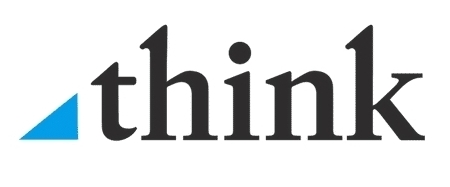
Q1: What is the current state of the community financial institution industry (banks and credit unions) in the Mid-Atlantic?
Our clients have been on a rollercoaster for the past few years, navigating an uncertain economy, a global pandemic, unrelenting regulation, a rapid rise in interest rates after a prolonged period of historically low interest rates, and the seemingly overnight high-profile bank failures in early 2023. Community banks and credit unions have internal processes in place to monitor interest rate risk and prepare for movements in rates, but it would have been difficult to predict the way rates have fluctuated since early 2020.
Despite these challenges, community banks and credit unions are reporting strong earnings, manageable loan delinquencies and steady growth. After accumulating significant deposits as a result of the pandemic, due to consumers spending less combined with receiving funds from government stimulus programs, retaining deposits has recently become a priority for most institutions. During 2020 and 2021, when the competition was paying close to zero for deposits, there was little incentive for customers to move their money. These days, there is a shiny new money market or CD with an even greater rate showing up every day luring depositors, not to mention other investment alternatives. The market for deposits is extremely competitive right now.
Q2: So, where do interest rates go from here?
I’m not biting! If you went back five years and revisited forecasts of where interest rates would have traveled through today, I doubt there would be anyone that envisaged our recent path. I don’t think many people can confidently predict the future either. Do rates stay high longer than normal, or retreat as inflation cools and the economy slows? It seems the best approach, from a management standpoint, is to not make large bets either way, or hedge those bets! Financial institutions get in trouble when they make a concentrated investment decision that is dependent on interest rates trending in a certain direction. The FOMC (Federal Open Market Committee) has been walking a tightrope between inflation and recession for close to two years now, with all kinds of events that have the potential to knock them off that highwire.
Q3: Are there challenges on the horizon for community financial institutions?
Just like other industries, there are numerous challenges banks and credit unions face every day; an uncertain economy, cybersecurity risks, the war for talent, demographic changes and the constant evolution of technology. Specifically for financial institutions, especially community banks, there is looming risk of a downturn in the commercial real estate sector. As of March 31, 2023, the average U.S. community bank loan portfolio had a 46% concentration in commercial real estate, so a significant downturn in the market and values will have a tremendous impact on certain institutions. It feels like we are on the cusp of a downturn that seems so predictable given the radical changes in the way we work and shop. We see the iceberg, but don’t know how deep it reaches.
Despite these challenges, I am optimistic about the industry. Our clients range in size from one branch operations with less than $50 million in assets to SEC registrants with over $4.5 billion in assets. As a whole, they have close ties to their communities, and have benefited from a generally stable economy for the past 12 years to build reserves, improved operations and established strong controls.
Connect with Steven on LinkedIn












